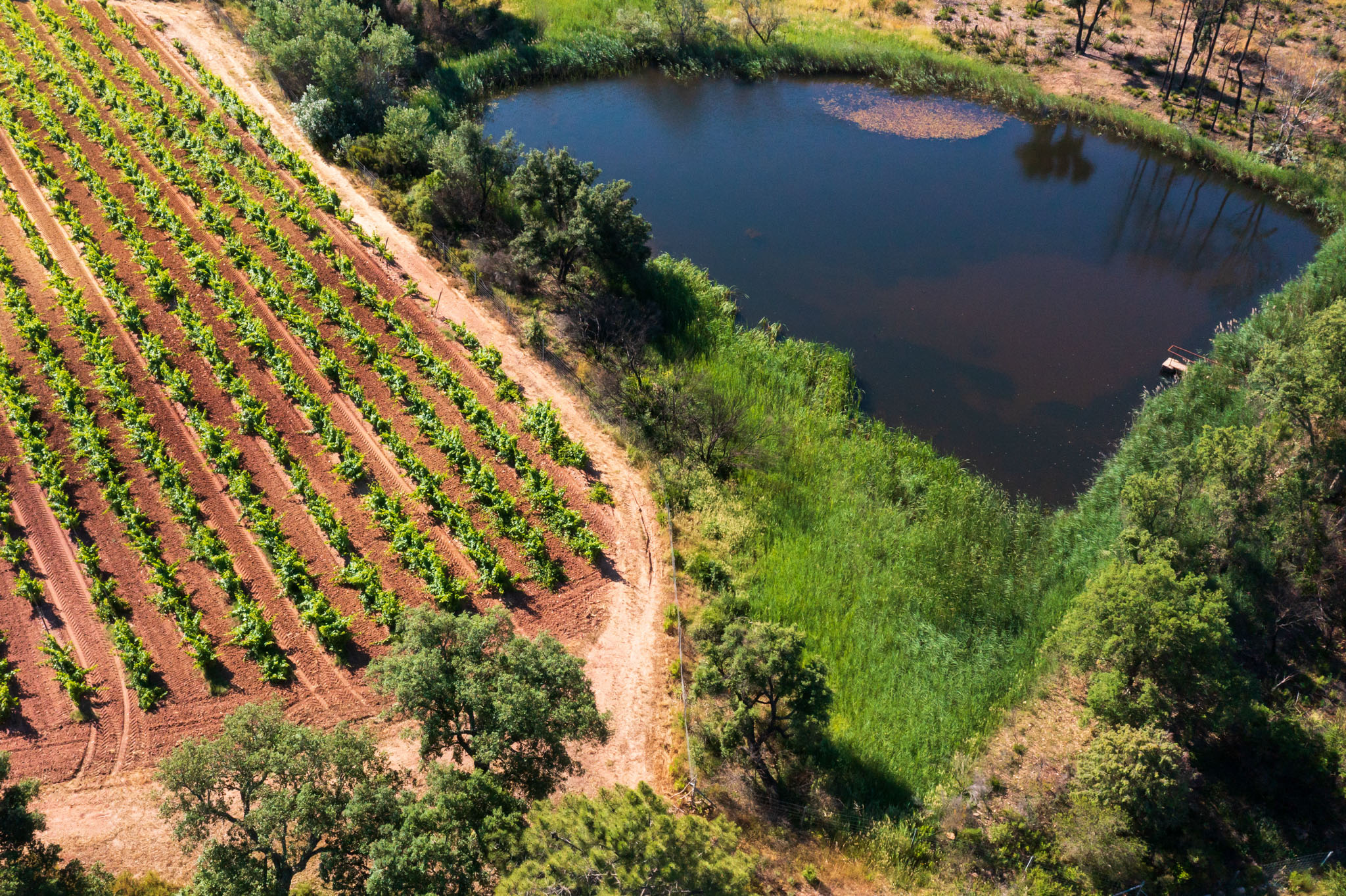D’après vous, quels insectes ou espèces peut-on croiser tout au long du chemin ?
In your opinion, which insects ou species could we come across along the trail ?

a) Coléoptère lucane cerf-volant / European stag beetle / Vliegend Hert
b) Papillon écaille chinée / The mottled scale / De schildpadvlinder
c) Lézard ocellé / Ocellated lizard / De gevlekte hagedis
LES TROIS ! ALL 3 OF THEM ! ALL DRIE !
► Le Lucane cerf-volant est un coléoptère que l’on retrouve auprès de vieux arbres, au pied desquels ses larves se développent. Insolite : Les acariens se mettent sous le coléoptère et se font transporter, phénomène appelé “phorésie” , d’où le nom d’acariens phorétiques donné à ces drôles d’auto-stoppeurs.
L’écaille chinée est un papillon de nuit, souvent rencontré en plein jour. Ses ailes au repos sont noir et blanche tandis qu’en plein vol elles sont rouges-orangées.
Le lézard ocellé est le lézard le plus grand de France, il peut mesurer 60 à 80 cm de long. Il adore les dalles de grès qui sont un habitat bien climatisé. Il est de sortie du mois de mars à fin octobre.
► The stag beetle is a beetle found near old trees, at the foot of which its larvae develop. Unusual: The mites get under the beetle and are transported, a phenomenon called “phoresis”, hence the name of phoretic mites given to these funny hitchhikers.
The mottled scale is a moth, often encountered in broad daylight. Its wings at rest are black and white while in full flight they are orange-red.
The ocellated lizard is the largest lizard in France, it can measure 60 to 80 cm long. He loves the sandstone slabs which are a well-conditioned habitat. It can be seen from March to the end of October.
► Het vliegend hert is een kever die leeft in de buurt van oude bomen: de larven ontwikkelen zich aan de voet. Bijzonder: de mijten kruipen onder de kever en worden vervoerd, vandaar de naam ‘forese’ die aan deze grappige lifters wordt gegeven.
De schildpadvlinder is een nachtvlinder, die ook vaak op klaarlichte dag wordt aangetroffen. Zijn vleugels zijn zwart-wit in rust stand, terwijl ze in volle vlucht oranjerood zijn.
De gevlekte hagedis is de grootste hagedis in Frankrijk, hij kan 60 tot 80 cm lang worden. Hij houdt van een zandstenen bodem, een prima leefomgeving. Hij is te zien van maart tot eind oktober.